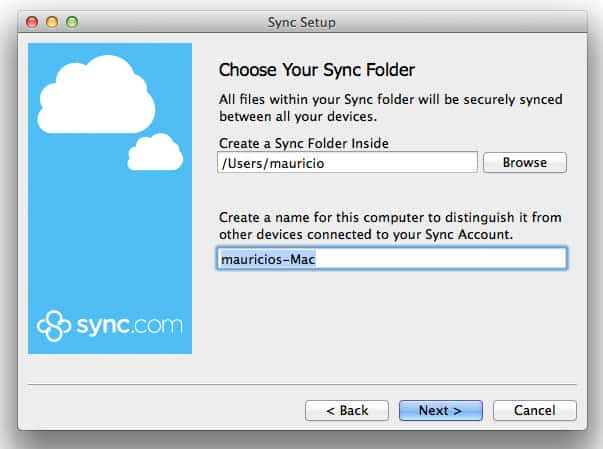

In response to the development of computer technology that allowed the creation of artificial electronic images and the digital alteration of genuine photographs, the U.S. Child pornography need not meet any of these standards in order to be criminalized under federal or state law, in part because the federal government and state governments have a compelling interest in protecting children’s physical, psychological, and emotional well-being, as the Supreme Court affirmed in New York v. By that test, a written or visually recorded work in question is obscene only if it appeals to prurient sexual interests, is patently offensive by community standards, and is devoid of literary, artistic, political, or scientific value. As such, it may be banned or regulated only if it is “obscene” under the criteria established by the U.S. Pornography exclusively involving adults is generally recognized as a form of protected speech under the First Amendment to the U.S. In the United States, child pornography and activities related to it (including production, distribution, possession, and promotion) are prohibited by federal law and by the legal codes of all 50 states.

Because child pornography generally involves egregious acts of criminal sexual abuse and exploitation of children ( see also child abuse), which are profoundly harmful to the child victims, the production, distribution, and possession of child pornography are prohibited by law in most countries and are often harshly punished. Sexually explicit activities are understood to include sexual intercourse, sodomy, fellatio, masturbation, sadomasochistic abuse, bestiality, and sexually alluring displays of genitals or the pubic area. The age of consent (the age at which most people become legally capable of consenting to sexual relations) varies widely between countries-though in most countries, including the United States, it is set at 16 to 18 years. Child pornography also includes visual depictions that are created or modified so as to appear to depict actual sexually explicit activity by an identifiable minor (i.e., by a recognizable individual who was a minor when the visual depiction was created or modified or whose image as a minor was used in the creation or modification of the visual depiction).
#Nude dropbox links may 2017 code#
In the federal criminal code of the United States, child pornography is partly defined as “any photograph, film, video, picture, or computer or computer-generated image” that depicts actual or simulated sexually explicit activity by a minor-where, in the latter case, the simulation is indistinguishable from actual sexually explicit activity.

SpaceNext50 Britannica presents SpaceNext50, From the race to the Moon to space stewardship, we explore a wide range of subjects that feed our curiosity about space!Ĭhild pornography, in criminal law, any visual depiction of a minor (a person who has not reached the age of consent) engaging in sexually explicit activity.Learn about the major environmental problems facing our planet and what can be done about them! Saving Earth Britannica Presents Earth’s To-Do List for the 21st Century.Britannica Beyond We’ve created a new place where questions are at the center of learning.100 Women Britannica celebrates the centennial of the Nineteenth Amendment, highlighting suffragists and history-making politicians.
#Nude dropbox links may 2017 how to#


 0 kommentar(er)
0 kommentar(er)
